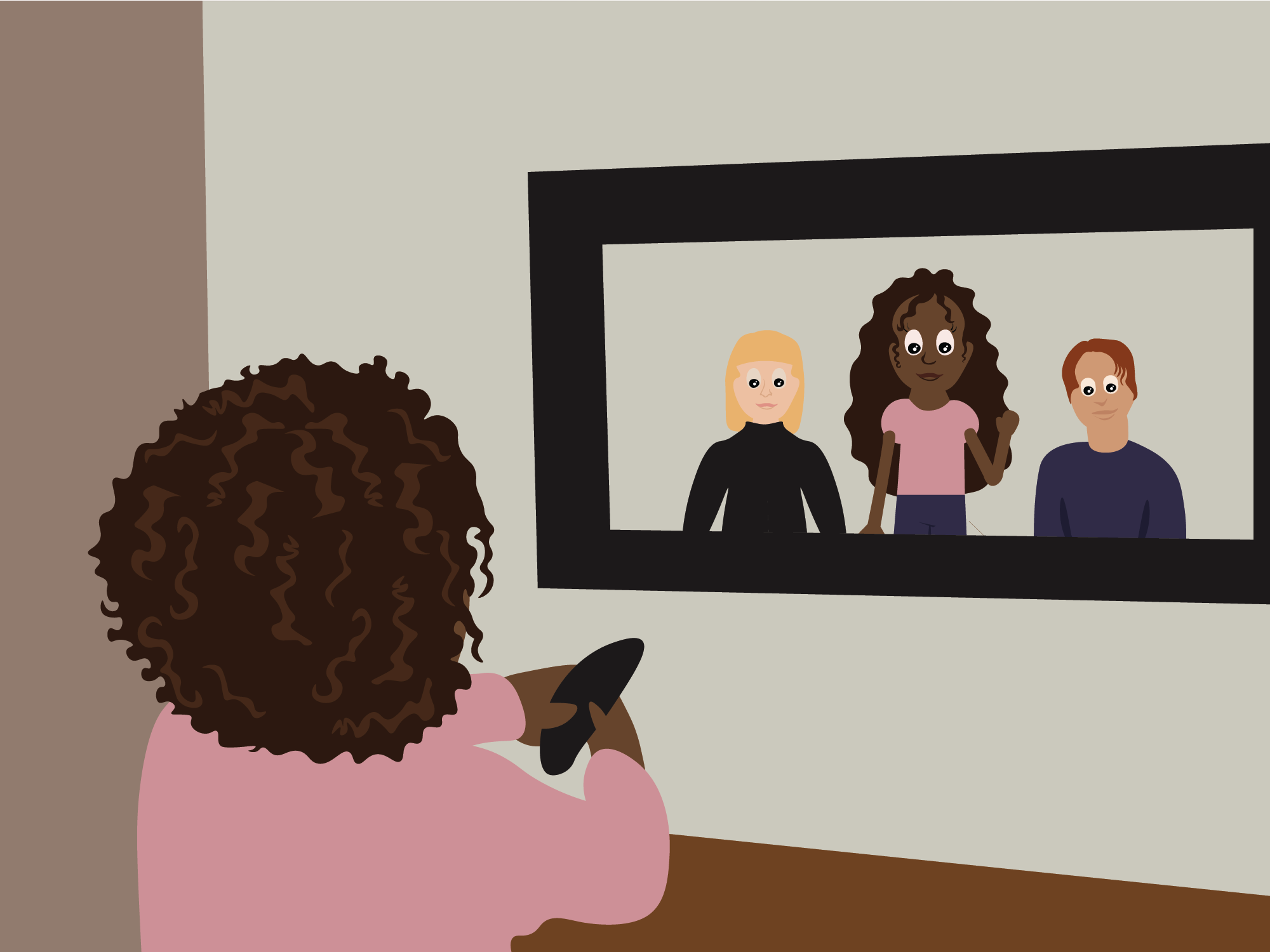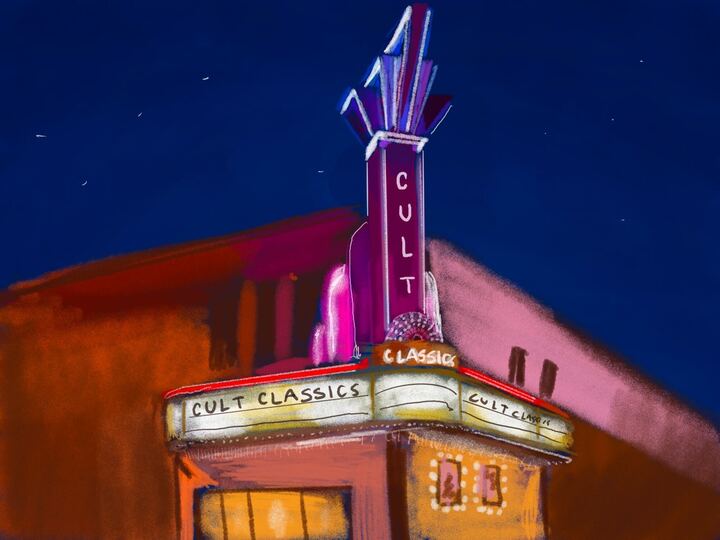After watching Sean Baker’s newest film, “Anora,” which centers around the life of a sex worker, a friend of mine shared a worry she felt while watching. She enjoyed the movie, but her opinion changed when she found out that it was directed by a man.
On this premise alone, she determined the movie was fundamentally flawed because “it was not his story to tell.” None of the criticism she leveled against the movie had to do with the content of the film. Instead, her dislike was attributed to one fundamental pitfall: Baker’s masculinity.
A similar sentiment was shared online following the announcement of Baz Luhrmann’s next project, a biopic about Joan of Arc. A post on X that stated “a Joan of Arc movie directed by a man doesn’t feel right,” garnered over 90,000 likes, criticizing Luhrmann’s qualifications purely on the basis of his gender.

Writer Aimee Ferrier echoed the same idea in a piece for Far Out Magazine, and wrote that stories with feminist themes “are not men’s stories to tell or profit from.” She considers male filmmakers’ blindness to feminism a given, and wrote “even the most empathetic man cannot fully grasp these themes, for they benefit from and actively contribute to the system that oppresses women by merely existing.”
While I believe these reactions come from a genuine desire to see more women-directed films, they also represent a disturbing trend in our evaluation of art. The prevailing rubric for judging the quality of a film has little to do with its substance, but rather with the essential value that the filmmaker’s identity holds. The artist’s preparedness for a piece is not dictated by their actual abilities, but rather by their gender.
In order for storytelling to be acceptable under this criteria, the storyteller must never make anything experientially distant to them, and must only attempt to tell stories that are directly parallel to their own life. There is no room for empathy, curiosity or learning in the eyes of this type of critic. Instead, our ability for understanding is essentialized by an uncontrolled aspect of our identity: our gender.
I want to reject this framing, as it is counterintuitive to feminist critique and to understanding gender disparity. If we want to use art to examine the flaws of patriarchy, then we must understand the construction of patriarchy in the first place. A narrow conception of gender does the opposite.
I believe this branch of criticism is a direct result of our obsession with relatability, which is a product of art’s reintegration into culture as a form of consumption. Late capitalism designated consumption as our greatest form of self-expression, creating the desire for all art as a commodity to be intensely relatable.
Relatability is not inherently negative, but our demands that all art someone makes should be based on personal experience results in creations that are unimaginative and nearly useless.
If we continue to rate art based on superficial qualifiers of identity, we lose touch of the humanity and emotions that link us all and we obscure our own ability to identify the structures and systems that create disparity in the first place.
Art —and the love of it — benefits from curiosity. An obsession with relatability punishes this curiosity, prioritizing a narcissistic insularity that never challenges the abilities of art’s creators and audiences to explore anything beyond what’s right in front of their noses.
This is not to understate the value of representation or the importance of advocating for more minority filmmakers. In fact, it’s quite the opposite. If relatability politics take precedent in the industry’s current state of homogeneity, the limited diversity that we are already privy to will become almost obsolete. In order to counter this, we need to advocate for the elevation of more voices in Hollywood while simultaneously discouraging the superficiality of representation at face-value.
Good representation is simply hard work. The key to strong representation is avoiding making the author’s identity an essential dictator of their storytelling. Representation should recognize the conversation between the artist and their content, acknowledging whether or not their experience is commensurate with the story they are telling.
Take the gutting final scene of Martin Scorsese’s “Killers of the Flower Moon” as an example. The three hour epic chronicles the infamous Osage murders, but Scorsese takes the final scene as an opportunity to recognize his complacency as a white American male storyteller in the repeated omission of this violence against Indigenous women from the narrative. He does not use his experience to undercut the tragedy, but mourns the violence inherent in the American filmmaking canon instead — and he demands that the audience does the same.
“Killers of the Flower Moon” sets a precedent for how artists must challenge an industry as homogenous as Hollywood. Rather than simply reiterating their own experience while patiently waiting for the industry to get more diverse, we need to demand artists to push themselves to explore stories beyond the limits of their own familiarity, while simultaneously elevating the stories of those who are not usually given the space to do so.
We need to encourage more mid-budget filmmaking rather than funneling millions of dollars into franchises, and take risks to allow a diverse range filmmakers to conceptualize transgressive stories. If we don’t, on-screen representation will be completely extinct, eliciting reactions based purely on superficial conception of identity that don’t dig deep.


















































































































